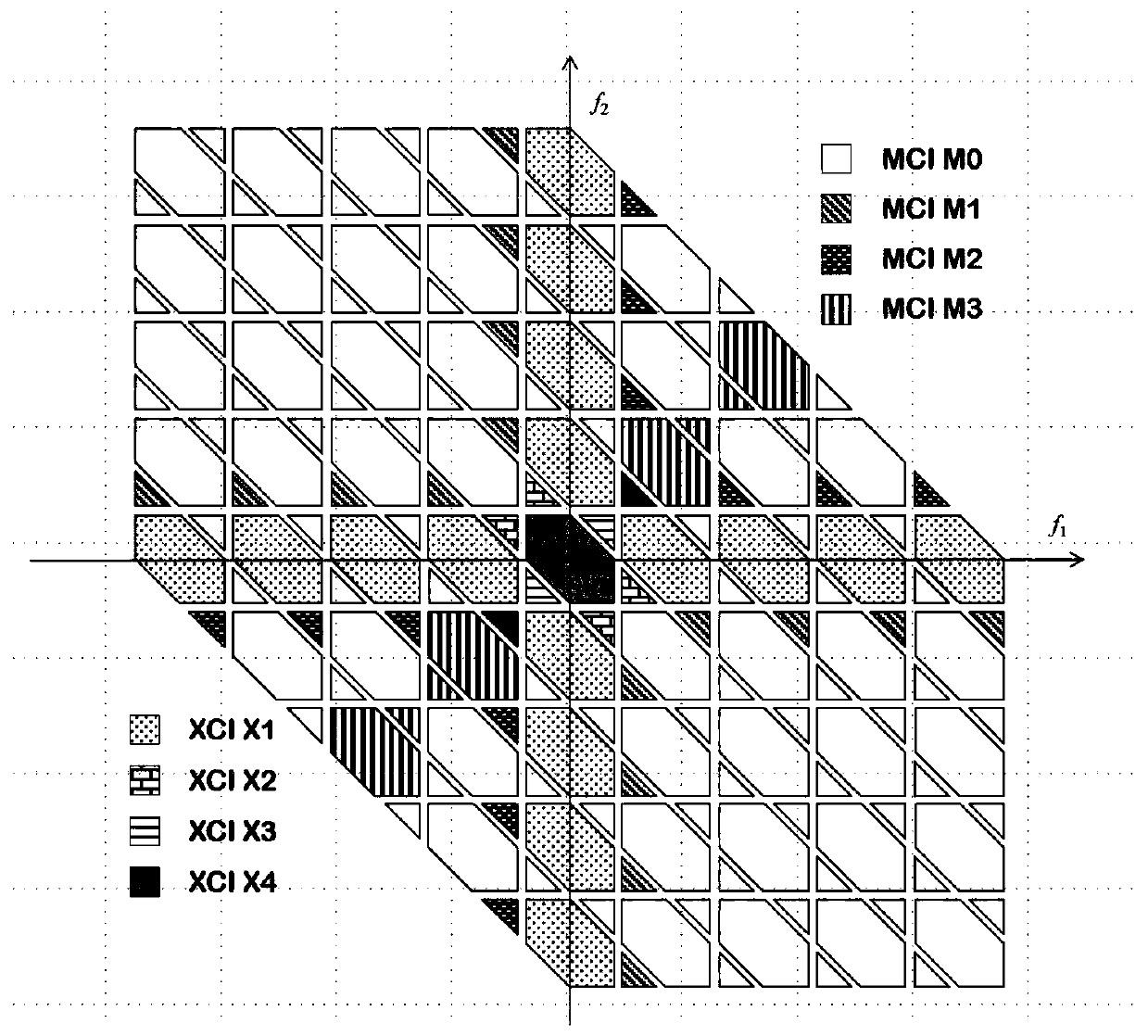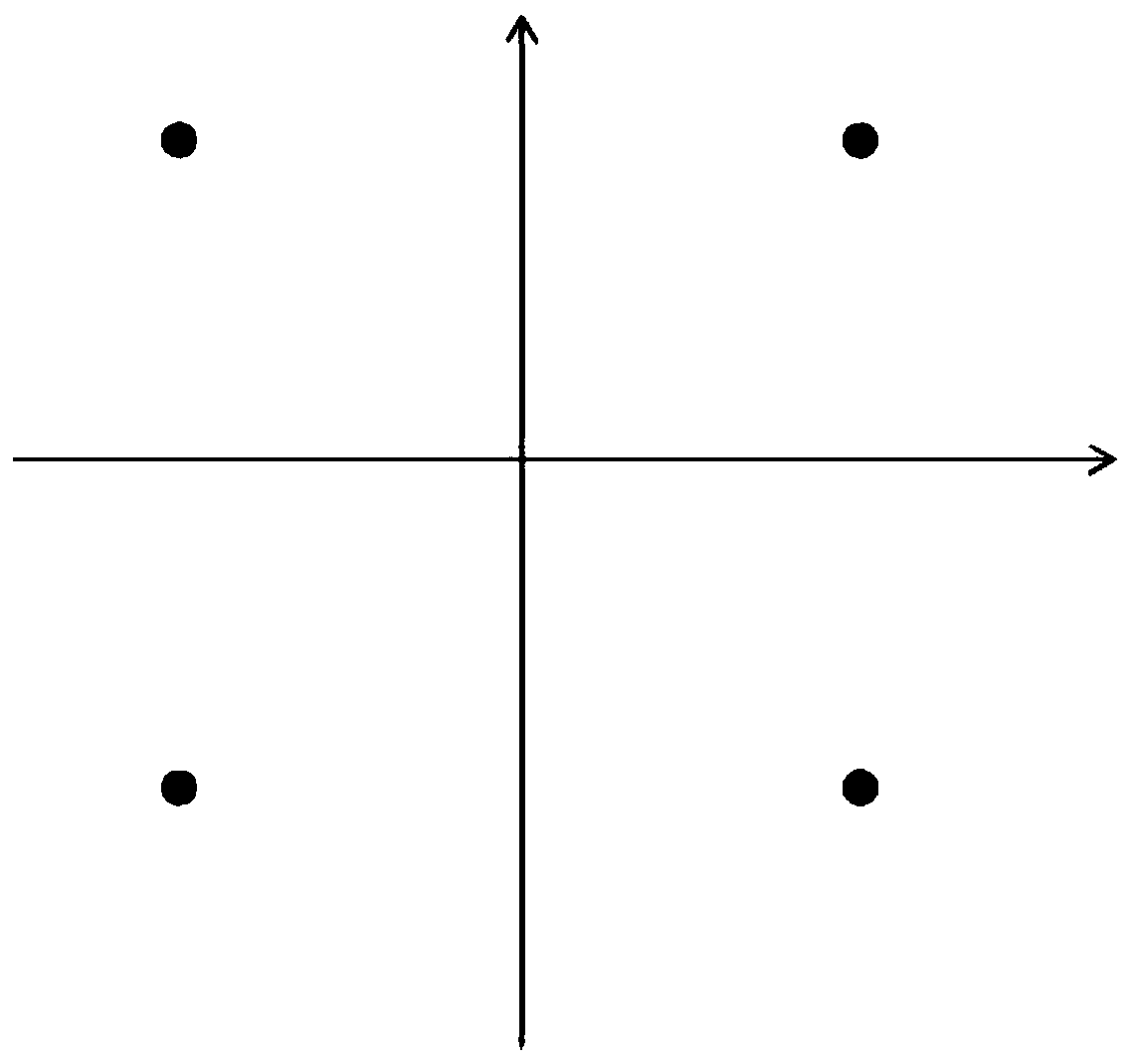Method for rapidly calculating high-order noise coefficient in EGN model
A fast calculation, noise figure technology, applied in transmission systems, electromagnetic wave transmission systems, electrical components, etc., can solve the problem of lack of relevant literature references
- Summary
- Abstract
- Description
- Claims
- Application Information
AI Technical Summary
Problems solved by technology
Method used
Image
Examples
Embodiment Construction
[0041] Attached below Figure 1-5 The method for quickly calculating the high-order noise coefficient in the EGN model is further explained.
[0042] The advent of smart cities requires optical fiber transmission networks to have higher and higher transmission speeds and capacities, so people began to seek higher modulation formats to meet the requirements. PM-M-QAM modulation is the most commonly used mode in optical fiber transmission networks, such as PM-QPSK, PM-16QAM, PM-64QAM, and even higher-order PM-256QAM. How to get their high-order noise coefficients Φ and Ψ, so that it is becoming more and more important to apply the EGN model to accurately evaluate the transmission system. As shown in the formula (2) in the background art, the most basic method is to give the coordinates of each symbol on the constellation diagram under different modulation formats, and then obtain the second-order, fourth-order and sixth-order expectations for calculation. Using this method, th...
PUM
 Login to View More
Login to View More Abstract
Description
Claims
Application Information
 Login to View More
Login to View More - R&D Engineer
- R&D Manager
- IP Professional
- Industry Leading Data Capabilities
- Powerful AI technology
- Patent DNA Extraction
Browse by: Latest US Patents, China's latest patents, Technical Efficacy Thesaurus, Application Domain, Technology Topic, Popular Technical Reports.
© 2024 PatSnap. All rights reserved.Legal|Privacy policy|Modern Slavery Act Transparency Statement|Sitemap|About US| Contact US: help@patsnap.com










